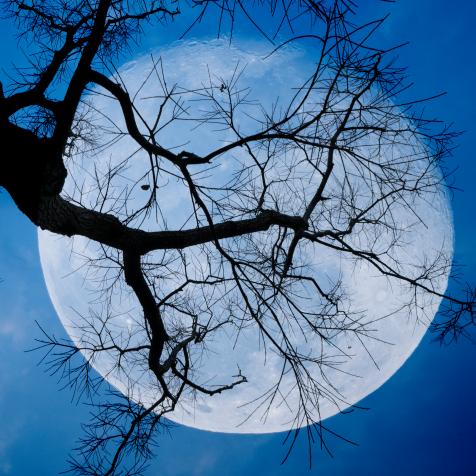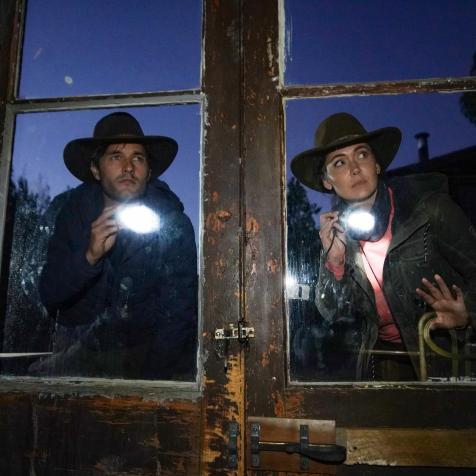
© Marc Mateos
Raising the Dead: Zombie Science or Medical Possibility?
Our fascination with zombies is mixed with fear, but if scientists could resurrect people successfully, it would transform society beyond recognition.
Science has its limits and, in medicine, death is its final frontier. Bringing life back to the dead has certainly intrigued mankind for centuries, from Mary Shelley's morality tale 'Frankenstein' to mass media's marauding zombie hordes.
The Science of Raising the Dead

Peter Dazeley
There are a number of life sciences and technology companies who believe bringing the dead back to life is a distinct possibility. Cloning is one of those options. Human cloning is not yet fully possible and raises a lot of ethical questions, but by creating genetic copies of ourselves, we could live again.
We are technically able to fertilize a somatic cell (skin cells have been used) in an egg cell and implant it in a human womb. Science has also developed chemical compounds to make it work more efficiently, but would that baby grow up to be us?
That is fanciful. We are more than just our DNA. We are our experiences, learned behaviors, our upbringing, and opportunities in life.
But What About Cryopreservation?

choja
Closer to the spirit of resurrection is the act of reviving dead matter. Cryonics is a method of preserving dead bodies at low temperatures so that they can be reanimated and repaired when medicine is advanced enough to do so. Critics say this is a long shot at best, with no evidence to suggest that entire bodies could survive cryopreservation without damage.
And then, well, thawed out dead people are still dead after all. Death is certified in most countries when the body's vital systems such as heart, lungs, or brain stop functioning. Irreversible damage is usually caused within minutes. But challenging the idea that death is final is a Yale University experiment that succeeded in reviving the disembodied brains of pigs four hours after the animals were slaughtered.
Researchers used a blood substitute to restore brain cell functions such as energy production and waste removal, and shored up the brain's internal structure. The pig heads were stored in a special chamber that pumped in nutrients and oxygen, mimicking blood flow. Parts of the brain restarted their normal function, but electrical activity remained dormant. What the research showed is that a brain injury and death may not be permanent.
Life Sciences in the Digital Age

Monty Rakusen
Yet, another brain therapy uses stem cells to cheat death. Life sciences company Bioquark is trialing injecting stem cells into the spinal cord of patients pronounced brain dead, along with a blend of proteins and added electrical stimulation and laser therapy. Their aim is to encourage neuron growth and connection to revive patients. Long term recovery is uncertain and critics say it would be a miracle if the therapy works. Their outcomes are yet to be published.
Perhaps the closest we may come to immortality will be the technologist's concept of preserving a digital self that can be transplanted into a future body. One start-up company aimed to use apps to collect data on people that would typify their thought processes and speech patterns for a digital personality. Their brains would then be frozen using cryonics for eventual implantation into an artificial body.
This idea of a personal avatar, a digital clone, that inherits personality traits has traction. Technologist Ray Kurzweil (Google's director of engineering) believes that as the rate of technological change accelerates we will reach a state where medical nanobots will work inside our bodies to eradicate disease, repair DNA, and extend our lives.
On top of that, we will upload our minds to computers to escape the restrictive biology of the human body and achieve immortality. Kurzweil has set the date for this transformation at 2045. From that point on we will be routinely able to swap bodies with self-organizing nanobots that link up to form virtual humans, or any shape presumably.
That may be entering the realms of science fiction, but look at any of the concepts suggested by technological resurrection and it's one of the less outlandish suggestions. Resurrecting the dead using digital creation is an overriding theme–supercomputers putting people together from archived information, or advanced civilizations using micro wormholes to reach back into the past to copy people into the future.


















